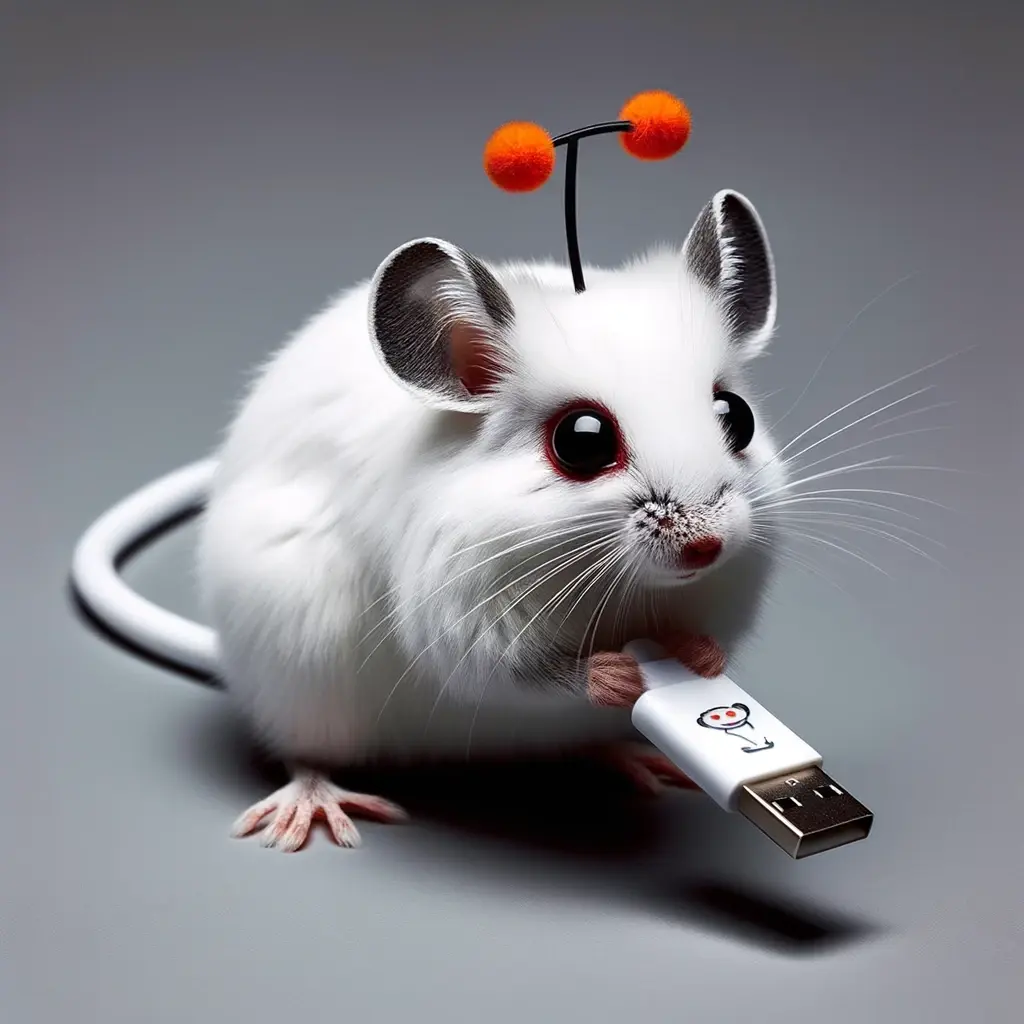This is an automated archive made by the Lemmit Bot.
The original was posted on /r/japantravel by /u/weenokerlund on 2025-03-14 22:24:38+00:00.
Personal background:
47M traveling solo. First trip to Japan: October 31-November 16, 2024. Practice Zen Buddhism in Soto tradition. Studied tea ceremony in Urasenke tradition. Lifelong record collector. Clothes horse. Fan of 1980s-1990s “strong style” puroresu.
TOKYO
October 31
Steps: 11,766
Arrive at Narita Airport via Japan Airlines flight from Seattle. Subway to Nihonbashi, a business district where traditional stores continue to flourish. Unpack at Hotel Nihonbashi Seibo, which is basic and well located. Dinner at the charming yakitori restaurant Edoji.
November 1
22,637 steps
Early morning walk around Ningyocho station. Nico’s Cafe is a quaint coffee shop that feels like a grandparents’ kitchen. The owner likes to talk about Shohei Otani.
Souvenir shopping at centuries-old Edoya (brushes) and Ozu Washi (paper). Witness centerpiece of the Mitsukoshi department store—the breathtaking Magokoro Tennyo statue. Nearby is Nihonbashi Bridge, historic point zero of Japan’s highway system.
Cross the bridge to arrive in Ginza. Matsumoto Shoeido and Choondo are small galleries of Buddhist antiques. Closing weekend at Seikado Bunko Museum of a wonderful teaware exhibit, including the cosmic Inaba Tenmoku chawan (tea bowl), a National Treasure.
Tradman’s sells well-developed examples of bonsai, while Ginza Uchiku-an concerns itself more with the tools and practice of bonsai cultivation. S.Wantabe Color Print Co. sells ukiyo-e (woodblock prints), some contemporary and many dating to the 19th century.
Inside the Imperial Hotel is the preserved Old Imperial Bar, designed by Frank Lloyd Wright. This space is elegant, and the Mount Fuji cocktail is delicious. After dinner at Sushizanmai, a relaxing scrub and plunge at Konparu-yu sento (public bathhouse), hidden amid a bustling block of businesses.
November 2
15,288 steps
Timed-entry ticket for Nezu Museum near Shibuya and breakfast at their cafe. The grounds contain a number of tea houses and winding paths. Morning rain only adds to the contemplative atmosphere. Main exhibit and other galleries are all well conceived and worth exploring.
Pass the iconic Prada building while walking down Minami-Aoyama, a bustling shopping street of luxury retailers. Arrive at the Ota Memorial Museum of Art, which specializes in ukiyo-e. Exhibits rotate monthly to protect the fragile prints. Downstairs is a nice gift shop.
Alter E Go, Desolation Row, and The Real McCoy’s sell men’s clothing inspired by American fashion of the 1940s-1960s, whether military or workwear. Staff at all three stores are helpful and engaging. Comfort food at Pizzanista while rain continues to pour.
November 3
18,184 steps
First temple of the trip: Korin-in (Rinzai), a sprawling complex nestled among quiet streets of Hiroo in Shibuya. Goshuin available here. Happening this weekend at EBiS303 is Inspiration Tokyo, a market for vintage-clothing sellers and buyers. Purchases from the delightful husband-and-wife duo of Ooe Yofukuten and a conversation with Larry of Heller’s Cafe.
Train to suburb Higashimurayama. Beverage break at Midikana Coffee, which operates out of an old home with tatami mats. Baigan-ji (Soto) is famous for its ancient twin zelkova trees. Goshuin available. Tokuzo-ji (Rinzai) features a display of Jizo statues and a small museum of local artifacts.
The Jizodo (a National Treasure and Tokyo’s oldest building) at Shofuku-ji opens to the public only for an hour on Culture Day at 1500. This time constraint along with the numerous attendees prohibits a contemplative atmosphere. Goshuin sold out, alas.
November 4
24,365 steps
Sengaku-ji (Soto) in Minato is the resting place of the famous 47 ronin. To receive a goshuin, you must copy a sutra. Not to be missed is the statue of “Homeless” Kodo Sawaki, the priest credited with revitalizing Soto Zen in the 20th Century.
Tozen-ji (Rinzai) is a national historic site for its Japanese vs. British conflicts. An attempt to communicate with the groundskeeper is met with an X of his arms. Route of backstreets passes by neighborhood temple Enpuku-ji—ceremonial sounds of a makugyo (fish drum) and chanting.
Arrive at Ribera Steakhouse, a restaurant famous for attracting American pro wrestlers touring Japan, and its facade of photographs. The exhibits at Hatakeyama Memorial Museum of Fine Art feature several nice pieces of tea ware, calligraphy, and some beautiful Noh costumes.
After lunch at Mos Burger in Ebisu, a return to Shibuya. Coffee at Sputnik and later Coffee or Beer. Shopping at Dry Bones and Trophy General Store; again, staff is helpful and inquisitive. Dinner near the hotel at CoCoICHI. The level 5 curry is plenty spicy.
November 5
19,171 steps
A fantastic diner near Ningyocho station is Coffee Embassy. Accentuating the throwback atmosphere is the shop’s “smoking allowed everywhere” rule. Before leaving the neighborhood, time at small yet dense Okannon-ji, which abuts the lovely Kogiku-dori, or Geisha Alley.
With its myriad alleys and quiet demeanor, Jimbocho, Tokyo’s neighborhood of bookstores, has a vibe similar to Nihonhashi. Alas, Buddhist bookstore Toyodoshoten is closed this day. The owner’s sweet note on the door: “Although I am selfish, we will be temporarily closed.”
Nearby is a dizzying consolation prize. Bunken Rock Side specializes in pop culture magazines, especially rock music. Also in the neighborhood is an all-genre Disk Union record store.
Tenmo, a tempura restaurant in Nihonbashi, features a long history and a tiny interior. The chef is the grandson of the restaurant’s second owner. The taste of items such as parsley or eel tends toward the subtle, hence concentrate to savor each bite.
A spontaneous evening at disappointing Golden Gai and nearby, where several heavy metal bars are to be found. The Godz soundtrack is disagreeable this night. Mother is too cramped and too loud. Rockaholic proves to be just right: excellent playlist and goofy bartenders.
November 6
11,704 steps
Slow to begin the day due to last night’s drinks and thoughts of the U.S. presidential election today. Subway to Sugamo and its pleasant shopping street. Wander through back streets and find Shinsho-ji (Shingon) along with its giant Jizo statue.
The main feature at Kogan-ji (Soto) is a Jizo statue that can be bathed in exchange for relieving one’s ailments. After receiving the temple’s goshuin, an invitation to sit on the altar for a memorial ceremony. The drumming and chanting are propulsive and energetic.
Also in Sugamo is Toudoukan, a sprawling store that specializes in pro-wrestling merchandise: magazines, programs, posters, books, records. The depth and variety of goods is intoxicating.
Feeling uneasy by initial election returns, solace is found in Ochanomizu, a neighborhood resplendent with businesses selling musical instruments, and two Disk Union stores: one focuses on hard rock/metal, the other sells jazz and soul albums.
Following the heartbreak of the election results, dinner at Kokoro, a small chain specializing in mazesoba. Upon sliding open the door, AC/DC’s For Those About to Rock album blasts out of the restaurant speakers. How soothing and familiar at that moment of distress!
November 7
15,844 steps
Breakfast at Kissako Kaiseiken, a coffee shop in operation since 1919. Pleasant interior, but the better experience is at Coffee Embassy.
Chinmi, or “rare tastes,” are regional, antiquated foods or dishes featuring unusual flavor. In Tokyo, Suragaya Kahei specializes in shiokara—fermented fish viscera. The taste and texture—salty and slick—is not off-putting! This restaurant is located in a grocery store that sells foods from throughout Japan. Down the street is RECOfan, an excellent record store.
Asakusa overflows with tourists. Glimpses of Senso-ji and Tokyo Skytree prove satisfactory. A walk to nowhere on the neighborhood’s outskirts helps to wind down the afternoon. After a ramen dinner at Tsujita across the street from Ningyocho station, travel to famous Korakuen Hall next to Tokyo Dome. Although not familiar with the Dragon Gate promotion, witnessing any pro wresting in Japan fulfills a “bucket list” experience.
KYOTO
November 8
24,396 steps
Ride an early morning Shinkansen from Tokyo to Kyoto. Somehow miss Mount Fuji despite being in a window seat.
From busy Kyoto Station to Oakwood Hotel Oike Kyoto, near City Hall, to drop off luggage with staff. Walk through quiet backstreets and the spacious grounds of Kyoto Imperial Palace to arrive at Yamadamatsu, an incense shop in business since 1772. In addition to a range of items to purchase, there is a small exhibit of artifacts related to kodo—incense ceremony.
From here, the Shokoku-ji (Rinzai) complex is a short walk back through the palace grounds. The most significant monastic building—the hatto, or dharma hall—is available to tour; the guide today spoke excellent English. A giant dragon is painted on the ceiling, and when striking a strong clap in a certain location underneath, the subsequent echo “rains” over the…
Content cut off. Read original on https://old.reddit.com/r/JapanTravel/comments/1jbg4zq/fall_2024_trip_report_tokyo_and_kyoto/


